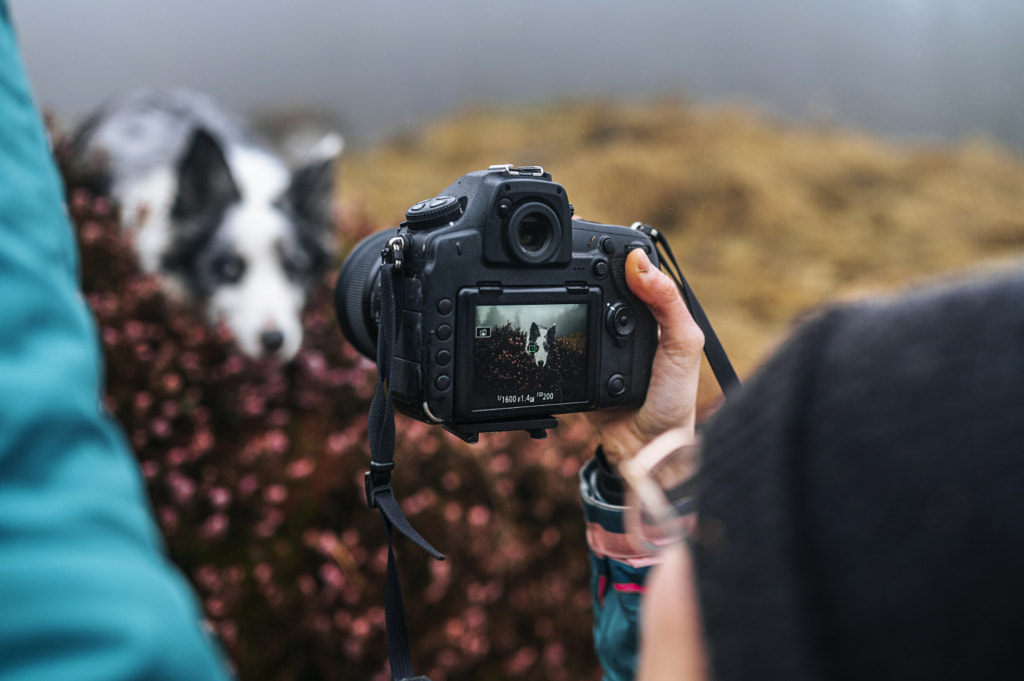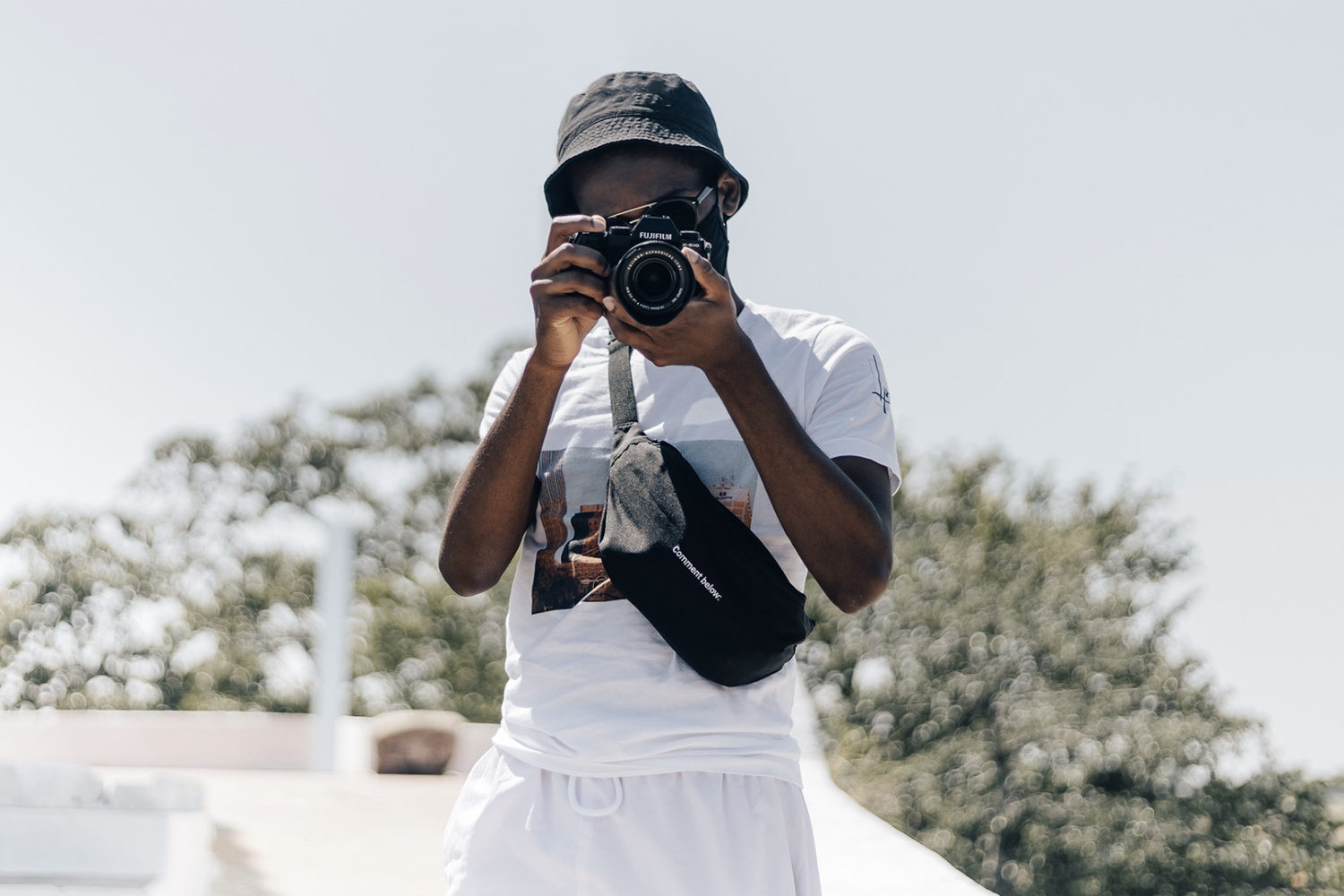With the stock images market expected to grow by $1.82 billion by 2024, Licensing is changing the way photographers sell and promote their work. While the first stock photography libraries date back to the 1920s, it’s now easier than ever for brands and advertisers to buy and download top-quality visuals with the click of a button. At the same time, today’s photographers have the opportunity to reach an unprecedented number of potential clients through major distributors like Getty Images, which alone has more than 1.5 million customers across 200 countries.
Photographers on 500px always have the option to become Licensing Contributors and earn passive income from their work. If you license your photos through 500px, they’re put up for sale via two leading distributors: Getty Images and Visual China Group. We put together this straightforward guide to help you navigate the world of commercial Licensing in 2021, whether you’re just getting started or looking to expand your business.
What is royalty-free?
Royalty-free (RF) licenses are the most popular on today’s stock photography platforms, including 500px and its distributors, Getty Images and Visual China Group. They’re common, in part, because they’re simple: the buyer pays a one-time fee to download the photo. Once they pay that fee, they can use the picture almost anywhere and re-use it an unlimited number of times.* In royalty-free Licensing, the client can also use the image in perpetuity without having to renew the license.
Royalty-free does not mean the photo is free, nor does it mean it’s copyright-free. The photographer retains their copyright, while allowing clients to use the image. There are also some restrictions with a royalty-free license. For example, many distributors don’t allow buyers to use the photos they download in products intended for resale, including greeting cards, stationery, calendars, posters, etc. under a standard royalty-free license. Some websites will offer the option to purchase extended licenses for buyers looking to use content in these kinds of projects.
*Many websites limit physical print runs to under 500,000 copies under a standard royalty-free license.
What is rights-managed?
Rights-managed (RM) licenses used to be more common, but they’re slowly being phased out by royalty-free options. For example, while Getty Images offers rights-managed licenses for editorial content, they no longer license rights-managed photos for creative (also known as “commercial”) use. You can learn more about the differences between editorial and commercial photography here. But the broad strokes are that editorial content is used for educational or informational purposes (e.g., in a news article or human interest story), while commercial content is used in advertising to promote, market, or sell a product or service.
In 2021, many clients prefer royalty-free over rights-managed licenses because they’re simpler and more affordable. With that being said, you’ll probably still encounter rights-managed licenses throughout your career, so they’re worth exploring more in-depth. With this type of license, the buyer agrees to pay a fee based on how, where, and when they plan to use the photo: the geographical territory, the number of copies, the image size, the time period, etc.
Under a rights-managed license, if the client wants to use the photo for longer than the agreed-upon time, or they want to expand their usage to digital as well as print, for example, they would then have to renegotiate and pay an additional fee for that usage.
What is Creative Commons?
Creative Commons (CC) licenses were created twenty years ago by the Creative Commons organization to facilitate the sharing and distribution of creative works. The creators retain the copyright and receive credit for their work, but they allow others to use the work for free. Not all Creative Commons licenses are the same, as the creator can decide what permissions and usages they want to allow.
The six main Creative Commons licenses empower artists and creatives to specify how and where their work can be used. For example, some allow commercial use, while others do not. Another thing to consider is whether or not you want to give permission for the creation of derivative works made using your photo. This type of license is for people who want to disseminate their work and make it free to use—with restrictions on that usage, if they see fit.
What is public domain?
Public domain images are not protected by intellectual property laws, meaning that the public owns them—not the photographer who created them. These photos can be used by anyone in any way they like, without a license agreement in place and without crediting the photographer. There are a few ways a photograph might end up in the public domain; for example, the copyright might expire, or the owner could have neglected to observe copyright renewal rules.
In some cases, the photographer might also choose, for whatever reason, to dedicate their work as completely as possible to the public domain. The simplest way to do this would be to use CC0, a tool that allows you to waive your copyright and related rights to the fullest extent allowed by law. While often used interchangeably, the CC0 mark differs from the Public Domain mark in that it shouldn’t be used for works that are already copyright-free.
You can learn more about copyright law and what it means for photographers here.
What kind of Licensing does 500px offer?
500px offers royalty-free (RF) Licensing to anyone in their community, with the possibility of opting in or out at any time. 500px is also unique in that they give photographers the option to license their work exclusively through 500px—or not. If you choose not to, you can sell your photos through other platforms and distributors as well. You also have the flexibility to try out different Licensing types to see what works for you.
If you do choose to license your photos exclusively with 500px, meaning you don’t license them via other websites, you’ll earn 60% of the sales value when they sell.* That can make a significant difference. Many sites today offer an earnings percentage starting from around 15%, meaning that you have to sell the same photo several times in order to start earning passive income. 500px exclusive Licensing gives you the chance to earn a higher rate with every sale.
For that reason, Licensing through 500px is a great way to get started in the business and earn money in the process—while also having the option to sell through other avenues if you wish.
*If you license your photos non-exclusively to 500px, you’ll still get 30% on every sale.
Not on 500px yet? Click here to learn about Licensing with 500px.












Leave a reply